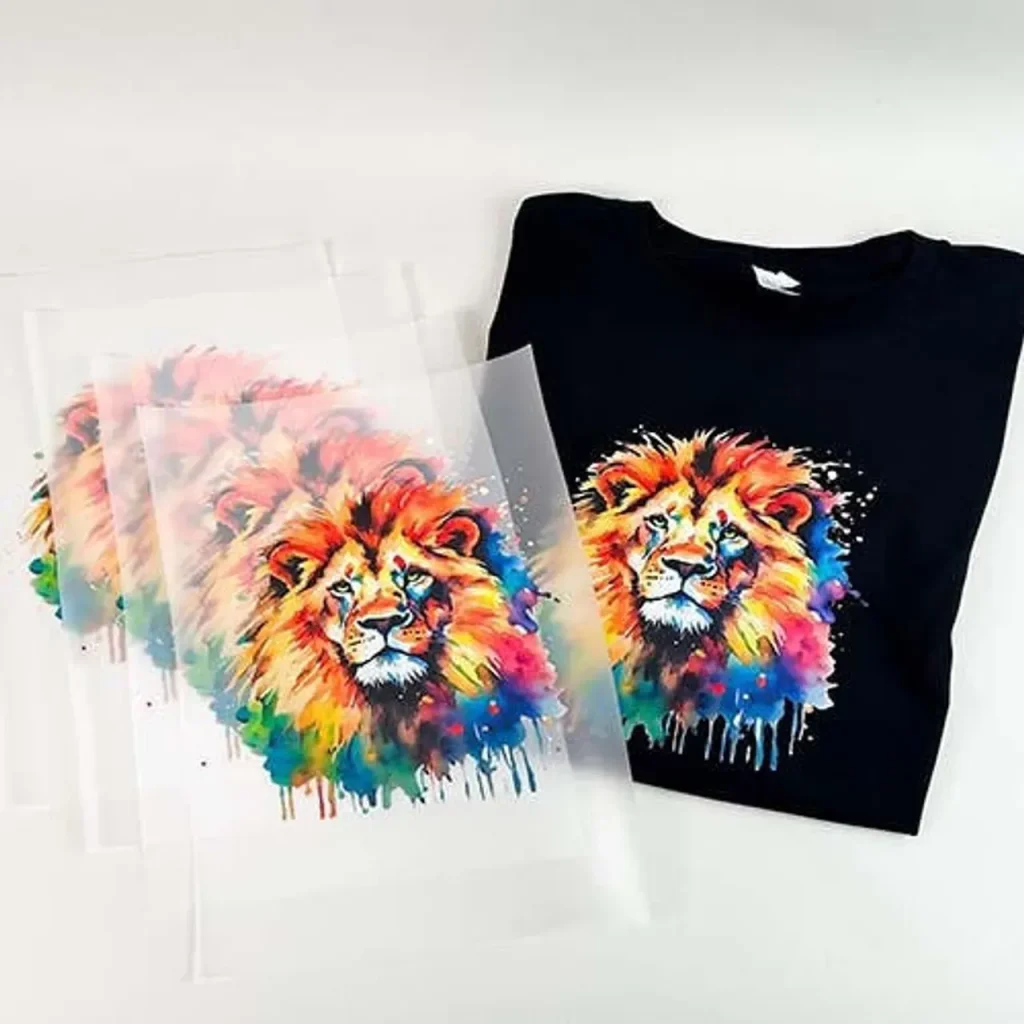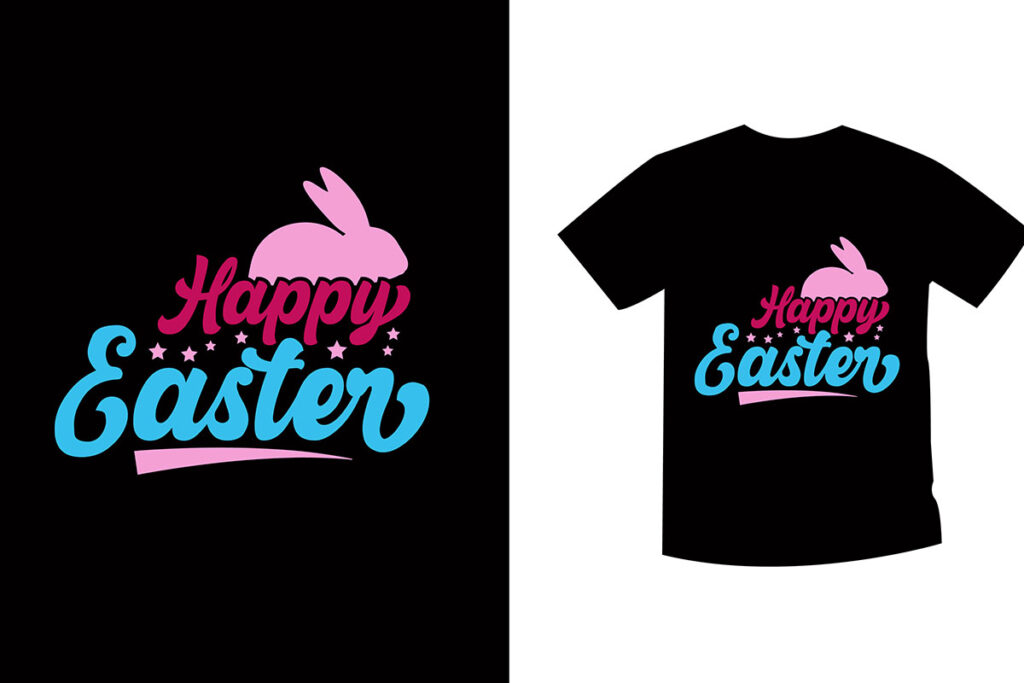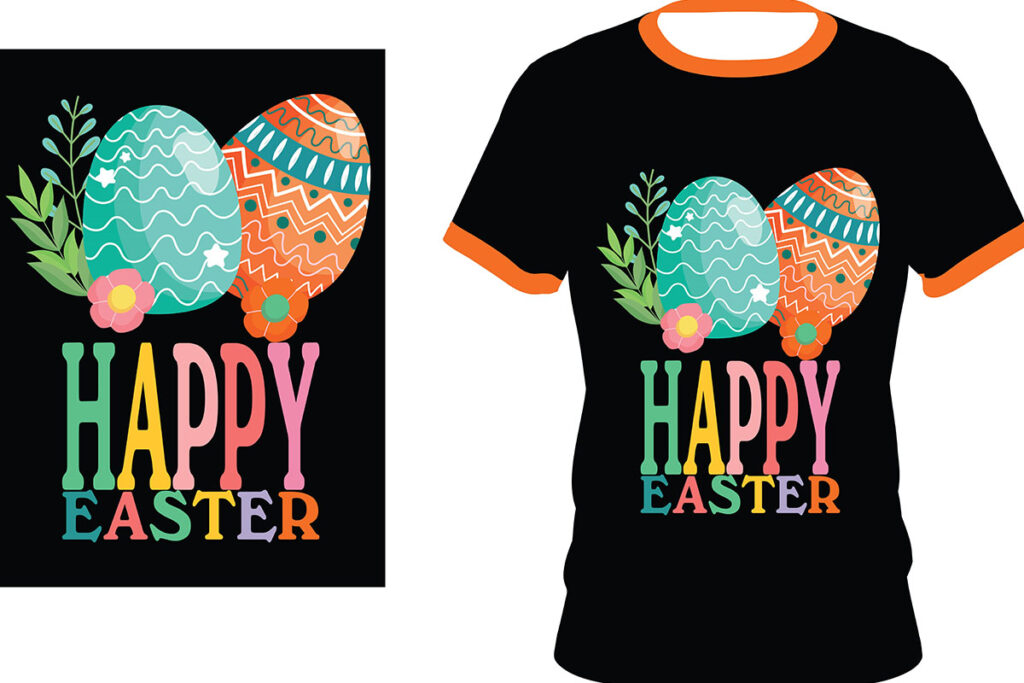In the rapidly evolving world of custom apparel printing, DTF transfers are swiftly gaining recognition as a game-changing technology. Direct-to-Film (DTF) printing merges innovative techniques with traditional methods, resulting in high-quality apparel that caters to diverse consumer demands. With its ability to produce vibrant, intricate designs on a variety of fabrics, DTF transfers are not only efficient but also represent cost-effective printing solutions for businesses of all sizes. This sustainable printing method leverages advanced printing technology, allowing for on-demand printing without compromising quality or environmental standards. As we delve deeper, we’ll discover why DTF transfers are at the forefront of custom apparel printing and how they can revolutionize your production process.
Within the dynamic landscape of personalized apparel production, Direct-to-Film (DTF) technology is revolutionizing the way businesses engage with their customers. Often referred to as DTF printing, this method utilizes films to transfer designs directly onto textiles, enhancing both durability and clarity. This innovative approach provides an alternative to traditional methods, making it ideal for high-quality, custom garments that are produced on demand. As more businesses seek cost-effective and environmentally friendly solutions, DTF printing emerges as a standout choice for sustainable practices in the apparel industry. Let’s explore how this technology paves the way for a more personalized and profitable future in custom apparel.
1. The Rise of DTF Printing Technology
In recent years, DTF (Direct-to-Film) printing technology has emerged as one of the most innovative advancements in the custom apparel printing sector. Unlike traditional methods such as screen printing, which often require extensive setup and prohibitively high minimums, DTF allows for quick and efficient production of high-quality designs. This is particularly appealing for businesses looking to offer a diverse range of apparel options without the overhead costs typically associated with larger runs. The capability to print on-demand means that businesses can respond to current market trends while ensuring that they maintain low inventory levels.
Moreover, DTF printing technology utilizes specialized films that ensure vibrant colors and intricate designs come through with exceptional clarity. This level of detail and color vibrancy is essential in today’s competitive market where consumers are increasingly seeking unique and customizations in their apparel. As a result, more businesses are beginning to recognize DTF as a viable solution that not only meets consumer demands but also enhances brand offerings.
2. Benefits of Cost-Effective Printing with DTF
The financial benefits of DTF transfers are among the most compelling reasons for their growing popularity in the custom apparel printing industry. By using DTF technology, businesses can effectively reduce their cost per print, particularly for lower run quantities. This advantage enables small and medium-sized enterprises to enter the custom printing market without the financial barrier that traditional methods impose, such as the need for large minimum orders and expensive setup costs associated with screen printing.
Additionally, the ability to print only what is needed under an on-demand printing model further minimizes waste and costs. This not only supports budgeting concerns but also aligns with sustainable printing methods by reducing excess inventory that must be disposed of. When combined with the high quality and versatility that DTF printing provides, it becomes evident why many businesses are shifting away from traditional printing techniques in favor of more innovative and cost-effective solutions.
3. The Eco-Friendly Edge of DTF Transfers
As sustainability becomes a pivotal concern for consumers and businesses alike, DTF transfers present a robust eco-friendly option within the custom apparel printing landscape. With many DTF inks being water-based and free from toxic chemicals, businesses can significantly reduce their environmental footprint while meeting the demands of environmentally conscious consumers. This shift towards eco-friendly printing methods resonates well with a growing number of consumers who prioritize green products when making purchasing decisions.
Moreover, the production process for DTF printing minimizes waste compared to traditional screen printing, as it requires fewer resources and significantly less water. This characteristic not only makes it a more sustainable option but also demonstrates to consumers that brands incorporate corporate social responsibility into their operations. By adopting DTF technology, companies can effectively market themselves as environmentally friendly, giving them a competitive edge in a market that increasingly favors sustainability.
4. Market Demand for Custom Apparel and DTF’s Role
With a surge in demand for custom apparel fueled by the booming e-commerce sector, businesses are finding it necessary to adapt quickly to consumer preferences. DTF transfers are emerging as a popular choice among apparel manufacturers looking to offer personalized products without compromising on quality. The flexibility of DTF printing makes it possible to cater to diverse consumer needs, from unique designs to specific sizing, making it a go-to solution in the realm of custom apparel.
The ability to quickly meet customer demands for customization, whether it’s through printed designs or color choices, has positioned DTF as an integral part of on-demand printing solutions. Market analysts note that as consumer habits shift towards a preference for personalized items, the demand for DTF technology is expected to grow, driving development and innovation in the sector.
5. Comparing DTF Transfers to Traditional Printing Methods
When comparing DTF transfers with traditional printing methods like screen printing and heat transfer vinyl (HTV), several advantages become apparent. While screen printing requires intricate and often costly setup processes, DTF allows for quick adaptations and variations without lengthy downtimes. This ability to pivot on design changes or special orders makes DTF an incredibly efficient choice for smaller batches or diverse product lines.
Heat transfer vinyl, on the other hand, generally limits designs to fewer colors and less detailed outputs. In contrast, DTF excels when it comes to creating full-color graphics, providing businesses with greater artistic freedom and the capacity to produce more intricate designs. This differentiation is key for companies striving to set themselves apart in a crowded market.
6. The Future of Custom Apparel Printing with DTF Technology
As the custom apparel market continues to evolve, the role of DTF printing technology is poised to grow, and businesses that adopt this method will be better positioned to succeed. With advancements in printing technology enhancing speed, quality, and ease of use, DTF represents not just a trend but a transformative approach to garment decoration. This highly adaptable printing solution is aligned with consumer interests in personalization, quality, and sustainability, making it a fitting choice for forward-thinking apparel brands.
In conclusion, adopting DTF transfers provides businesses with the tools they need to thrive in the modern printing landscape. The combination of unmatched quality, cost-effectiveness, and sustainability reflects what consumers are looking for today, making DTF technology a wise investment for any printing operation aiming to stay competitive in an ever-changing market.
Frequently Asked Questions
What are DTF Transfers and how do they work in custom apparel printing?
DTF Transfers, or Direct-to-Film transfers, involve printing designs onto a specialized film that is then transferred onto fabrics using heat. This technology combines digital printing with the durability of screen printing, allowing vibrant and high-quality prints on various materials for custom apparel.
How does DTF printing technology compare to traditional methods like screen printing?
DTF printing technology offers significant advantages over traditional methods like screen printing, including lower setup costs, shorter minimum order quantities, and the ability to produce custom designs on-demand. This makes DTF ideal for businesses looking to provide personalized apparel without the high overhead of traditional printing methods.
What makes DTF Transfers a cost-effective choice for on-demand printing?
DTF Transfers are cost-effective because they eliminate the high setup fees associated with screen printing and allow for smaller production runs. This flexibility enables businesses, especially startups, to create customized apparel affordably and reduce financial risks in the custom apparel market.
Are DTF Transfers considered a sustainable printing method?
Yes, DTF Transfers are considered sustainable because many inks used in this technology are water-based and free from harmful chemicals. This eco-friendly aspect appeals to consumers who are increasingly seeking sustainable printing methods in their apparel choices.
What kind of apparel can benefit from DTF printing technology?
DTF printing technology is versatile and can be used on a wide variety of fabrics, including cotton, polyester, and blends. This versatility makes it suitable for creating high-quality custom apparel, ranging from t-shirts and hoodies to sportswear.
What technological advancements are driving the popularity of DTF Transfers?
Recent technological advancements in DTF Transfers include faster printing speeds, higher resolution outputs, and better ink formulations. These improvements enhance efficiency and quality, making DTF printing a preferred choice for many businesses in the custom apparel printing sector.
| Key Points | Description |
|---|---|
| What are DTF Transfers? | Direct-to-Film (DTF) printing involves printing designs onto a film that is then transferred to textiles using heat. |
| Advantages of DTF Transfers | 1. Unmatched quality and versatility for various fabrics including cotton and polyester. 2. User-friendly with minimal steps in the production process. 3. Cost-effective for small to medium runs compared to screen printing. 4. Eco-friendly with water-based inks and no harmful chemicals. 5. Increasing popularity due to growing e-commerce and demand for customization. 6. Continuous technological advancements enhance efficiency and output quality. |
| DTF vs Other Methods | DTF allows for shorter runs and detailed designs compared to screen printing and offers more color options than heat transfer vinyl. |
Summary
DTF transfers are revolutionizing the custom apparel printing landscape by providing businesses with a high-quality, user-friendly, and cost-effective solution. This innovation leverages the advantages of digital and screen printing, allowing for vibrant, durable designs on a variety of materials. Moreover, the eco-friendly nature of DTF technology appeals to a growing market of environmentally conscious consumers. As the demand for customized products continues to rise, integrating DTF transfers into your printing strategy will not only keep your business competitive but also align it with the future trends of custom apparel printing.



